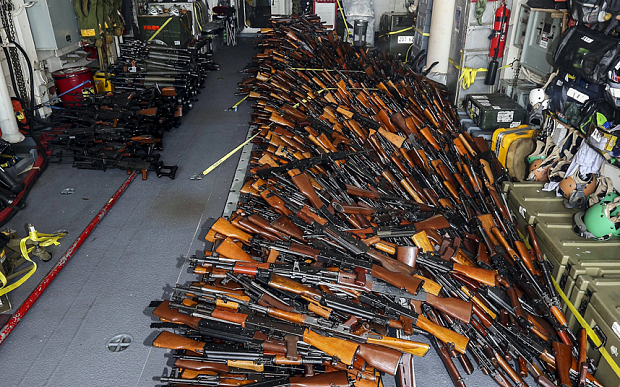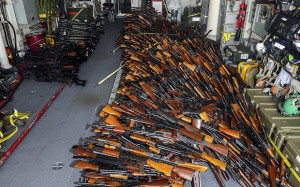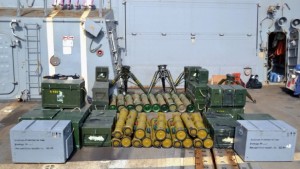

2 May 2016: Last week, Iran was called out by United States House of Representatives Congressman Randy Forbes on its failure to adhere to international maritime law. Congressman Forbes introduced a Resolution into the House that asserted what ardent Iran observers have long known to be the case: Iran’s military and paramilitary actions, which regularly ignore UN resolutions and international law in general, undermine stability in the Gulf and raise the danger of inadvertent escalation.
In the aftermath of the Iran deal the Obama administration has, by ignoring Iran’s destabilizing behavior and repeated ballistic missile violations, given Iran a free pass to ramp up its subversive activities.
The text of the Resolution outlines several dangerous maneuvers by the Iranian military that threaten both the lives of the US Armed Forces and stability in the region. It cites the incident where Iranian forces conducted live firing exercises within 1500 yards of the U.S. Navy aircraft carrier in December 2015, along with the time when Iranian aircraft flew over the Harry S. Truman and the French aircraft carrier Charles de Gaulle in January 2016. It also calls attention to January 12, 2016, when Iranian forces illegally boarded and detained at gunpoint the crews of two U.S. Navy riverine combat boats.
The Resolution concludes with a pledge to consider the behavior of Iranian military and paramilitary forces when considering or debating any legislation that pertains to Iran.

Although the Resolution is a positive step forward in ensuring that legislators consider the ramifications of relations with Iran, the text forgets several other instances that Iran threatens the stability of the Gulf. It is important that U.S. lawmakers take into consideration not only violations by Iranian maritime forces vis a vis the U.S. Navy, but also actions by the IRGC in testing ballistic missiles and shipping weapons to its militant outposts in countries such as Bahrain and Yemen. These incidents are not the exception but the norm; take April 4, 2016, less than one month ago, when two U.S. Navy vessels seized a ship from Iran that was bound for Houthi rebels in Yemen.
General James Mattis, former Commander of U.S. Central Command, highlighted this danger at a recent talk given to the Center for Strategic and International Studies. He stated that over the past 3 months, the U.S., Australian, and French naval forces have seized many arms shipments headed towards Bahrain, Yemen and Saudi Arabia. He also stressed that fact that the intelligence community has no way of catching all of the shipments bound to ferment instability.
These actions by Iran run directly counter to U.S. interests in the Gulf. All of the variables in Iran’s equation working to promote regional instability—from dangerous Iranian maritime actions to illegal ballistic missile tests—should be taken into consideration as the U.S. continues to make decisions about which side to take on the dangerous power struggle currently taking place between its allies and its adversaries.



